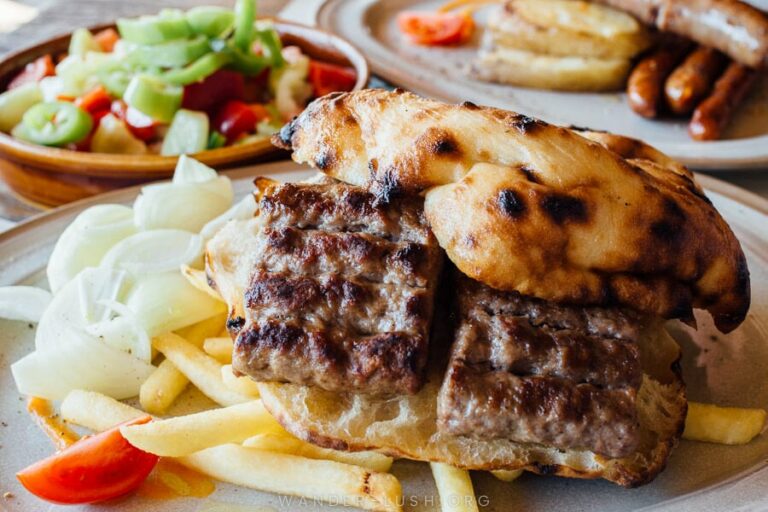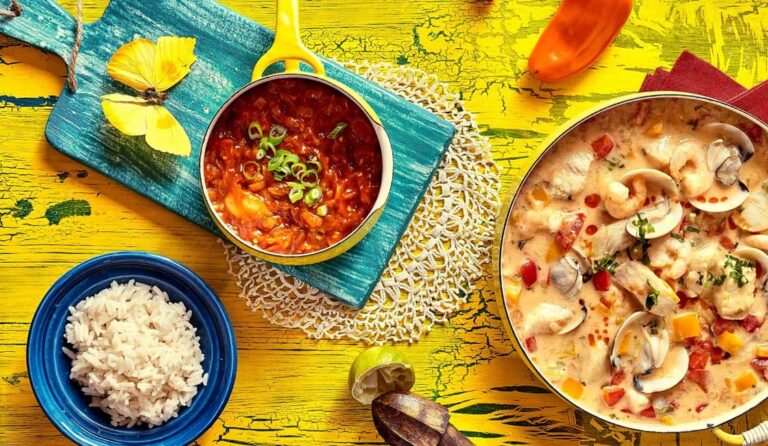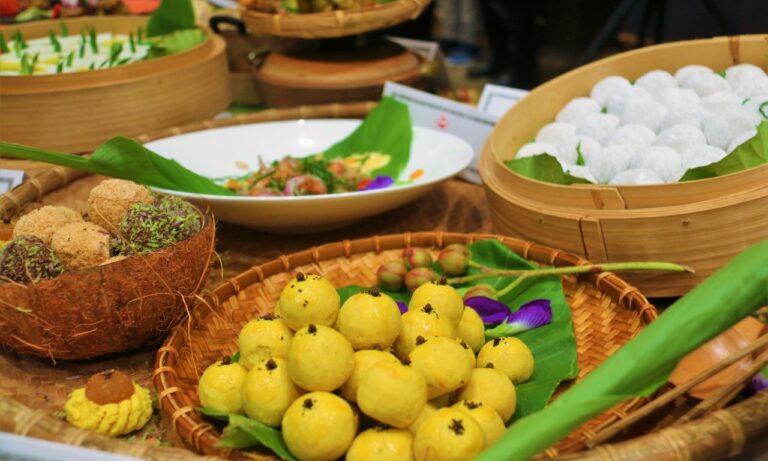Introduction to Beninese Cuisine
Beninese cuisine is a diverse and flavorful blend of African, French, and Portuguese influences. The cuisine of Benin is primarily based on grains, vegetables, and plantain, with meat and fish used as a flavoring rather than a main course. The use of spices is also an integral part of Beninese cuisine, giving dishes a complex and satisfying flavor profile.
The Spices of Beninese Cuisine
Spices are an essential part of Beninese cuisine, adding depth and complexity to dishes. The use of spices in Beninese cuisine is influenced by the country’s history and geography, with West African, Portuguese, and French flavors all playing a role. The most commonly used spices in Beninese cuisine include ginger, garlic, chili peppers, onions, and coriander.
Common Spices Used in Beninese Dishes
In addition to the spices listed above, Beninese cuisine also makes use of other spices such as thyme, nutmeg, and cinnamon. These spices are used to add flavor and complexity to dishes such as stews, soups, and rice dishes. It is not uncommon for multiple spices to be used in a single dish, creating a complex and satisfying flavor profile.
Heat Levels in Beninese Dishes
Beninese cuisine is known for its spicy dishes, but not all dishes are equally spicy. The heat level of a dish depends on the type and amount of chili pepper used. Some dishes, such as the popular West African dish jollof rice, are mildly spicy, while others such as the sauce pimentée (spicy sauce) can be extremely hot.
Balancing Spiciness with Other Flavors
While spices are an important part of Beninese cuisine, they are not the only flavoring used. Other flavorings such as salt, pepper, and herbs are used to balance out the spiciness of dishes. For example, the popular dish akassa is made with cornmeal and served with a spicy sauce and a side of fried fish, which helps to balance out the spiciness of the dish.
Regional Differences in Spiciness
The level of spiciness in Beninese cuisine can also vary depending on the region. In the north, dishes tend to be less spicy, while in the south, dishes are often spicier. This is due to the availability of spices in different regions, as well as the influence of neighboring countries on local cuisine.
Dietary Restrictions and Beninese Cuisine
Beninese cuisine is generally quite accommodating to dietary restrictions. Vegetarian dishes are common, and many dishes can be adapted to be gluten-free or dairy-free. However, those with a low tolerance for spice may find some dishes to be too hot.
Conclusion: Beninese Cuisine Offers More than Just Spice
While Beninese cuisine is known for its use of spices, it offers much more than just heat. The use of spices in Beninese cuisine is carefully balanced with other flavors to create a complex and satisfying flavor profile. Whether you are a fan of spicy food or not, the cuisine of Benin offers a unique and delicious culinary experience.










